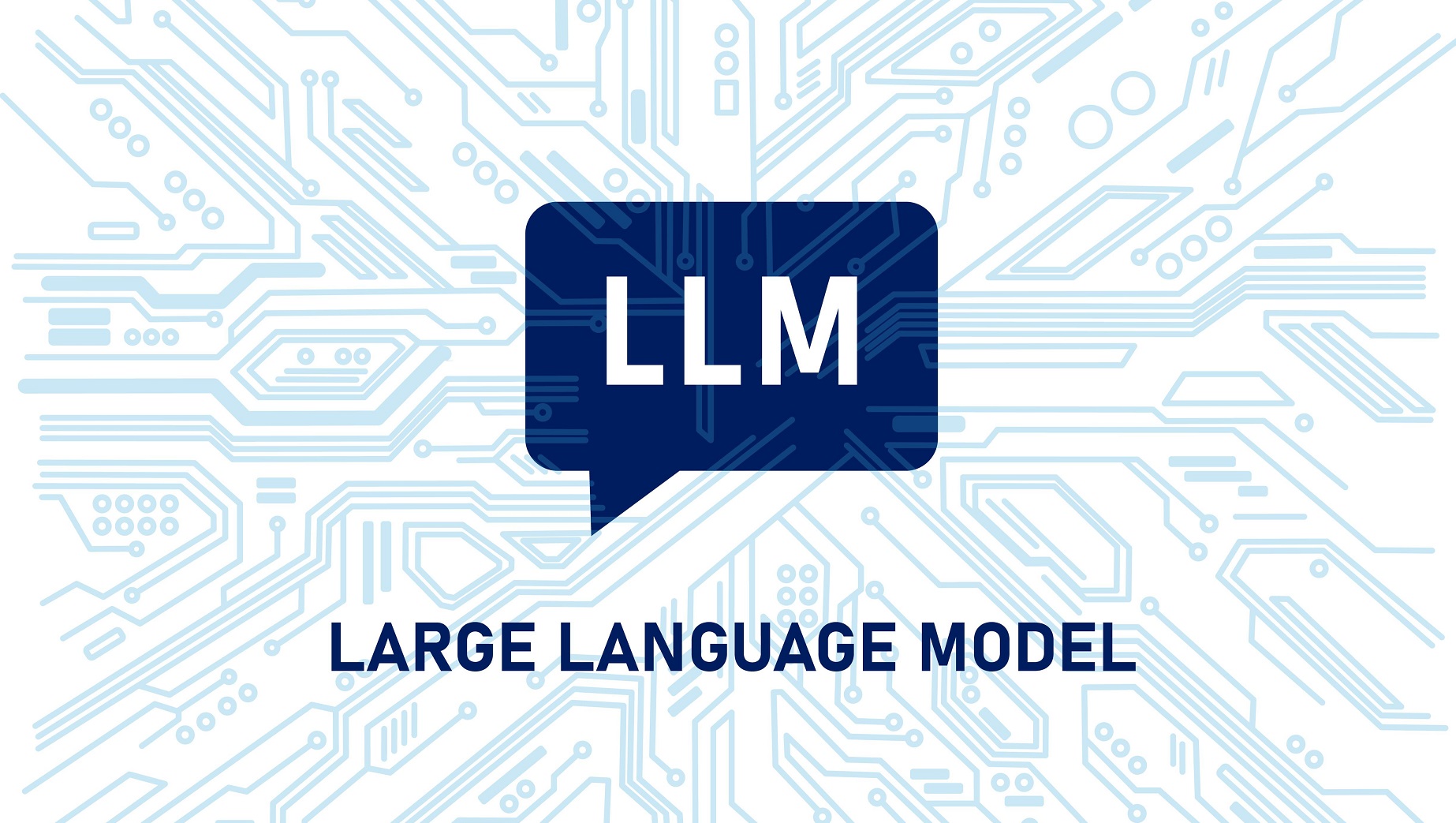**Running an AI LLM Locally: A Realistic Perspective**
In the rapidly evolving landscape of artificial intelligence, the idea of running a Large Language Model (LLM) locally on one’s own computer has gained traction. However, a closer examination reveals that this approach may not be as feasible or beneficial as it initially seems. This article explores the benefits and drawbacks of running an AI LLM locally, and argues that for average users, remotely hosted AI models are a more realistic and affordable option.
**Benefits of Running an AI LLM Locally**
1. **Data Privacy and Security**: Running an LLM locally allows users to maintain complete control over their data. This is particularly important for sensitive information, as it eliminates the risk of data breaches or unauthorized access.
2. **Offline Accessibility**: With a locally hosted LLM, users can access AI capabilities even when they are offline. This is crucial in areas with poor internet connectivity or during power outages.
3. **Customization and Control**: Running an LLM locally gives users the ability to customize the model to their specific needs. This can include fine-tuning the model on specific datasets or adjusting parameters to optimize performance.
**Drawbacks of Running an AI LLM Locally**
1. **Resource Intensive**: LLMs require significant computational resources, including powerful GPUs and substantial amounts of RAM. For average users, acquiring and maintaining these resources can be expensive and impractical.
2. **Technical Expertise**: Setting up and maintaining a local LLM requires a high level of technical expertise. This includes knowledge of machine learning frameworks, data preprocessing, and model training. For many users, this is a significant barrier to entry.
3. **Scalability Issues**: As the size and complexity of LLMs grow, so does the need for more powerful hardware. This can lead to scalability issues, where the model’s performance is limited by the available hardware.
4. **Model Updates and Maintenance**: Keeping a local LLM up-to-date with the latest research and improvements can be challenging. This requires continuous monitoring and updating of the model, which can be time-consuming and complex.
**Remotely Hosted AI Models: A More Realistic Option**
For average users, remotely hosted AI models offer a more realistic and affordable alternative. Here’s why:
1. **Cost-Effective**: Remotely hosted AI models eliminate the need for expensive hardware. Users can access powerful AI capabilities through a subscription or pay-per-use model, making it more affordable.
2. **Ease of Use**: Remotely hosted AI models are typically user-friendly and require minimal technical expertise. This makes them accessible to a wider range of users.
3. **Scalability**: Remotely hosted AI models can scale seamlessly with the user’s needs. As the user’s requirements grow, the service provider can handle the necessary infrastructure upgrades.
4. **Regular Updates**: Remotely hosted AI models are regularly updated by the service provider, ensuring that users always have access to the latest advancements in AI.
**Conclusion**
While running an AI LLM locally offers certain benefits, such as data privacy and offline accessibility, the drawbacks, including resource intensity, technical expertise requirements, and scalability issues, make it an unrealistic option for average users. For these users, remotely hosted AI models provide a more practical and affordable solution. As AI continues to evolve, it’s crucial for users to weigh the pros and cons of different deployment strategies to make informed decisions that best suit their needs.



